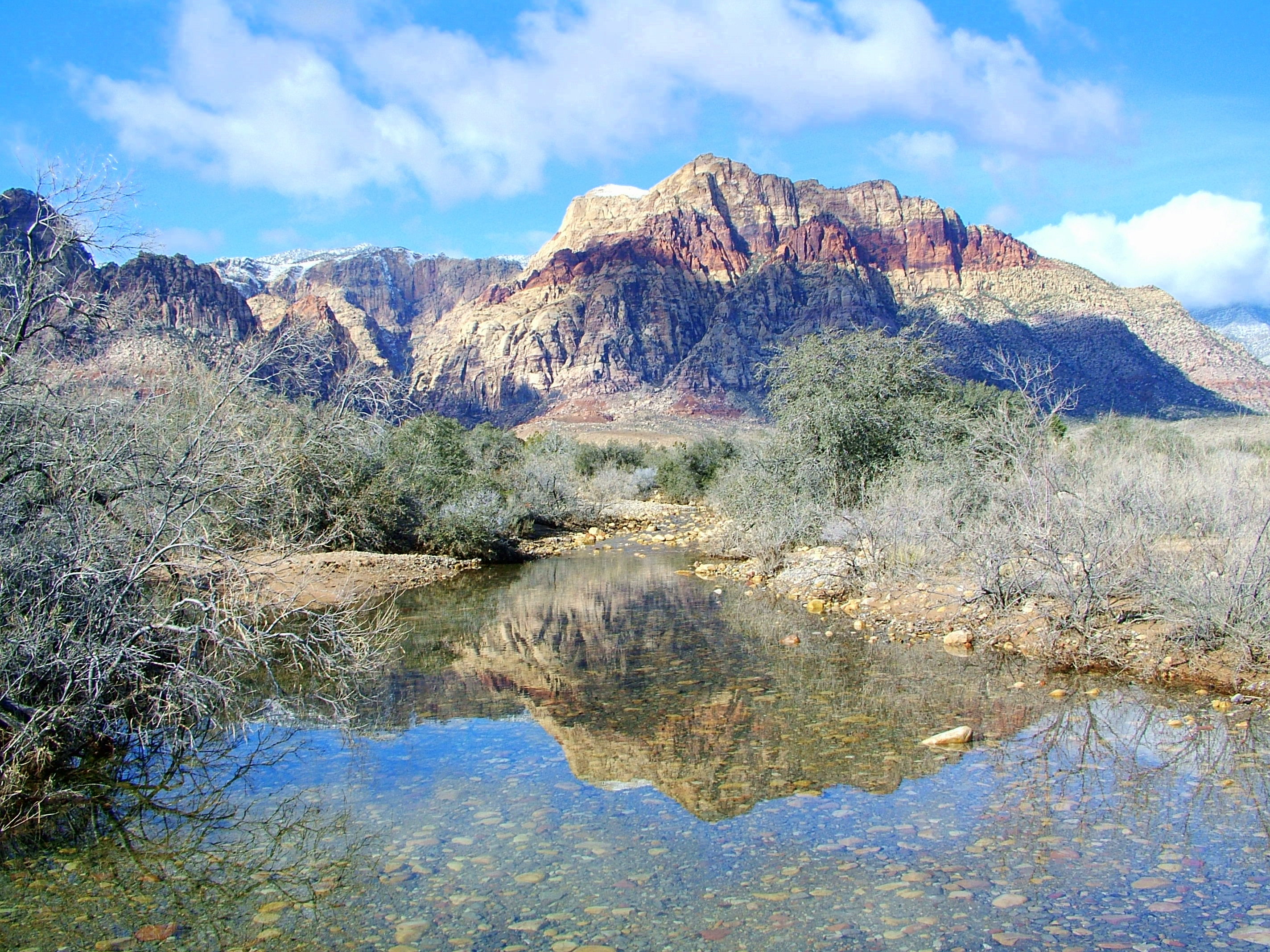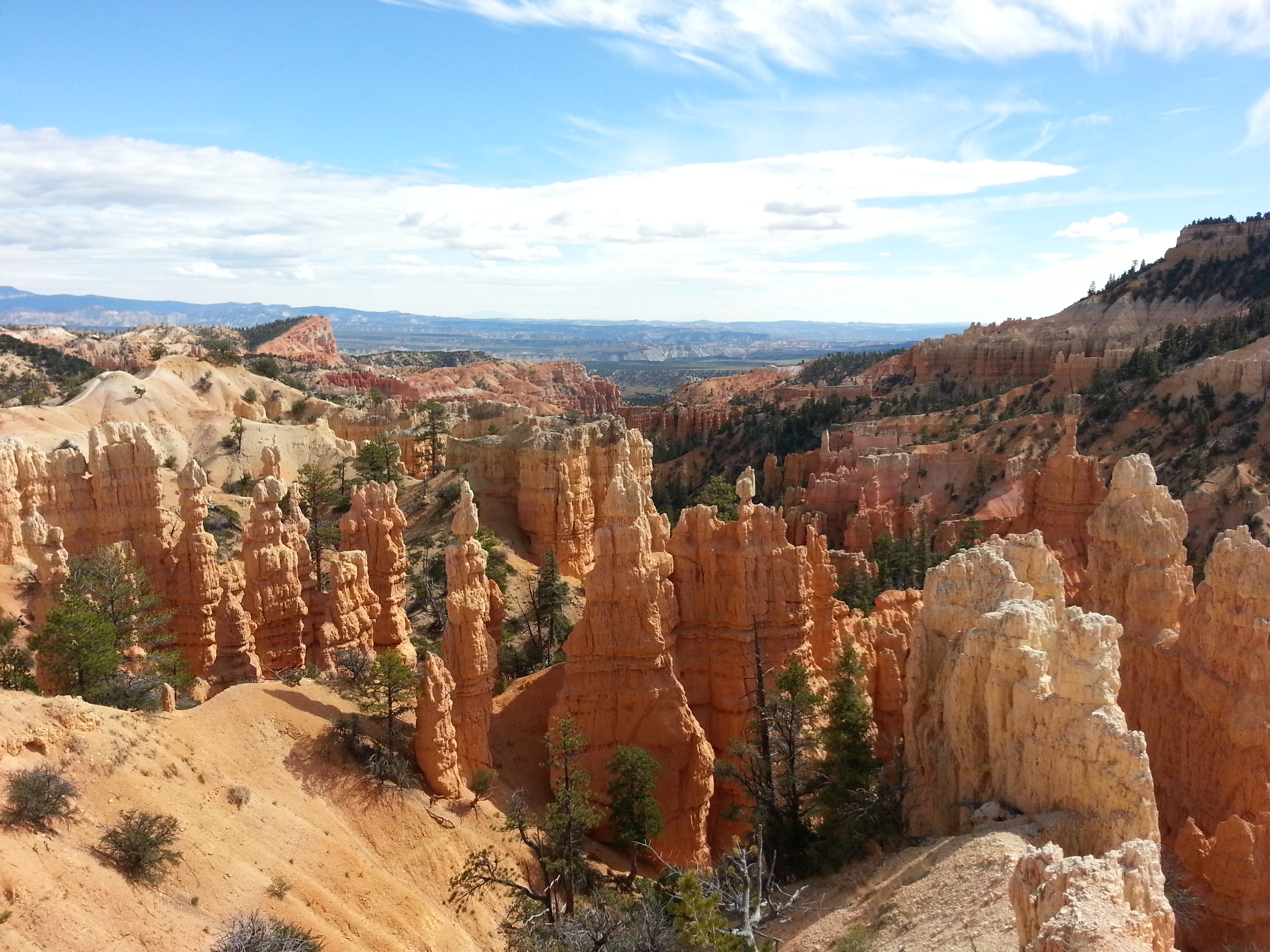Sedimentary Geology & Paleontology

Sediments, sedimentary rocks, and their fossil contents provide a record of how the Earth’s surficial processes have evolved over the past ~4 billion years. As such, the sedimentary record provides a means for us to explore how the Earth has worked at times when atmospheric CO2, oceanic oxygen, marine/terrestrial organisms, and tectonic configurations were quite different from what is observed today. Utilizing an integrated field, petrographic, isotope-geochemical, and geochronological approach, faculty and students at UNLV conduct research projects on the sedimentological, biological, and geochemical responses to paleoclimate changes, ocean circulation changes, and sedimentary basin evolution.
We will soon be adding another sedimentologist to our faculty, so the breadth of our expertise will be expanding
Subdisciplines
Carbonate sedimentology & Stratigraphy
Clastic sedimentology and Basin Analysis
Paleontology & Paleoecology
Paleoceanography
Participating Faculty
Tomas Capaldi: Assistant professor
Sedimentology, Tectonics, Basin Dynamics, Quaternary Geology
Ganqing Jiang: Professor
Sequence and Chemostratigraphy, Sedimentology, Carbonate Diagenesis
Stephen M. Rowland: Emeritus Professor
Paleontology, History of Geology
Carrie Tyler: Assistant professor
Paleontology
Carbonate Sedimentology & Stratigraphy
Our Carbonate Sedimentology and Stratigraphy group studies expansive exposures of Neoproterozoic through Paleozoic units across the Great Basin and abroad. Some research questions our faculty and students are involved in are chemostratigraphy at critical junctions in life and geology through time. Interpretations of paleo marine ecosystems. Our faculty and students work closely with tour Las Vegas Stable Isotope Laboratory for analytical data. Projects include both field projects and lab heavy projects. Integrating field-based sedimentological investigations and new techniques such as stable isotopes, SEM and Ion Probe, XRD-XRF analyses, and Ar-Ar age dating, faculty and students at UNLV explore the sedimentological responses to changes in paleoclimate, ocean circulation patterns, and tectonic activities of sedimentary basins.
Clastic Sedimentology & Basin Analysis
Our Clastic Sedimentology and Basin Analysis group is most recently working on identifying the formative factors in basin evolution in Mesozoic and Cenozoic basins across the Great Basin. Most of these projects involve a heavy field component with support from geochronology labs, both in house and with other institutions. Through rigorous facies analyses the intricacies of the interface between regional tectonics and sedimentary response can be elucidated in the terrestrial realm. We study sedimentary basins in a variety of settings in order to understand how tectonic evolution impacts basin development and preservation. Tools employed in these studies include geologic mapping, facies interpretation, paleocurrent analysis, sedimentary petrography, molecular organic geochemistry, basin modeling, detrital zircon analyses, apatite-fission track analysis, U/Th-He analysis, Ar/Ar geochronology, tephrochronology, and architectural element analysis.
Paleontology & Paleoecology
Our Paleontology research group is working on looking at both the ecology of ancient ecosystems as well as how those assemblages came to be preserved in the fossil record to better interpret life through time. Projects currently include the study of Ediacaran lagerstatte, Cambrian reef dynamics, Mesozoic syntectonic taphonomy, Neogene paleogeography, and Quaternary paleoecology. Southern Nevada is a fossil-rich region where paleontology is going on all the time. UNLV faculty and students are currently engaged in paleontological, paleoecological, and taphonomic studies of Ediacaran invertebrates, late Paleozoic and Mesozoic vertebrate trackways, Cretaceous dinosaur-bearing strata, Miocene terrestrial ecosystems, and the Pleistocene megafauna. We work closely with the Las Vegas Natural History Museum where we have a prep lab, and some of our students work at the museum as volunteers. We also work closely with the staffs of recently established Tule Springs Fossil Beds National Monument and Ice Age Fossils State Park, both of which are on the northern margin of Las Vegas Valley.
Paleoceanography
Changes in ocean redox conditions are considered crucial to biospheric evolution in Earth history. One of the most intriguing time periods is the late Neoproterozoic to early Cambrian that witnessed the first appearance and explosion of animals. Another intriguing time period is the Middle-Late Cretaceous during which the global ocean was transitioned from prominently anoxic to oxic (as recorded by high-TOC shales and widespread oceanic red beds, respectively).

